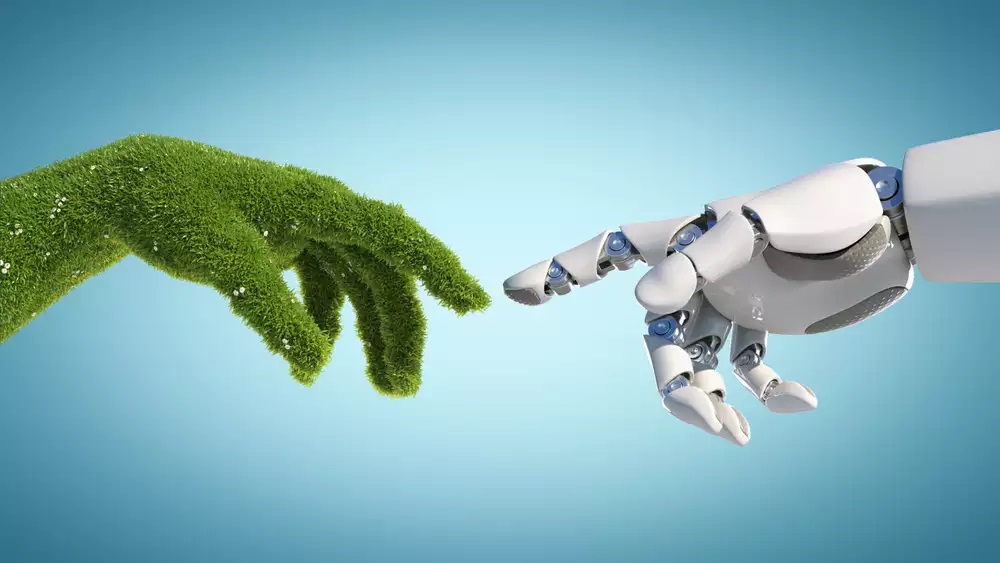In the fight against environmental degradation, technological innovation is becoming an increasingly important tool for environmental charities. As the scale and complexity of global environmental challenges grow, these organizations are leveraging cutting-edge technologies to enhance their conservation efforts, improve fundraising, and engage more effectively with the public. From drones and artificial intelligence to blockchain and social media, technology is transforming how an environmental charity operates, making their work more impactful and far-reaching. Here’s a look at some of the innovative approaches that are changing the game in environmental charity.
- Drones and Remote Sensing for Conservation
Drones, or unmanned aerial vehicles (UAVs), have revolutionized the way environmental charities monitor and protect natural ecosystems. Equipped with high-resolution cameras and sensors, drones can capture detailed images and data from remote or difficult-to-access areas, providing real-time information on wildlife populations, deforestation, illegal logging, and other environmental threats.
For example, drones are being used to monitor endangered species in their natural habitats, track poaching activities, and assess the health of forests and coral reefs. This technology allows charities to conduct surveys and gather data more efficiently and cost-effectively than traditional methods, such as ground surveys or manned aircraft. The ability to monitor large areas quickly and repeatedly also helps organizations respond more rapidly to environmental crises, such as natural disasters or sudden changes in ecosystems.
- Artificial Intelligence and Machine Learning
Artificial intelligence (AI) and machine learning are powerful tools that are helping environmental charities analyze large datasets and predict environmental trends. These technologies can process vast amounts of data from various sources, such as satellite imagery, climate models, and biodiversity databases, to identify patterns and make informed decisions about conservation strategies.
For instance, AI algorithms can analyze satellite images to detect deforestation in real-time, allowing charities to alert authorities and take action before significant damage occurs. Machine learning models can also predict the impacts of climate change on specific regions, enabling charities to focus their efforts on the most vulnerable areas. By automating data analysis, AI frees up human resources, allowing environmental organizations to allocate their time and expertise more effectively.
- Blockchain for Transparency and Trust
Blockchain technology, best known for its role in cryptocurrencies, is being adopted by environmental charities to increase transparency and build trust with donors. Blockchain’s decentralized and immutable ledger system ensures that all transactions are recorded and cannot be altered, making it easier for charities to track donations and show exactly how funds are being used.
For example, some environmental organizations are using blockchain to create transparent supply chains for sustainable products, ensuring that consumers and donors can trace the origin of goods and verify their environmental impact. Blockchain can also be used to manage carbon credits and track the progress of conservation projects, giving donors confidence that their contributions are making a real difference.
- Social Media and Digital Campaigns
Social media platforms have become vital tools for environmental charities to raise awareness, mobilize support, and engage with a global audience. Through targeted campaigns on platforms like Twitter, Facebook, Instagram, and TikTok, charities can reach millions of people, spreading their message and encouraging action on environmental issues.
Digital campaigns can be tailored to specific demographics, making it easier to connect with potential supporters and donors who are passionate about environmental causes. Charities can use social media to launch crowdfunding campaigns, share success stories, and create viral content that inspires collective action. The interactive nature of social media also allows charities to build communities around their cause, fostering long-term engagement and advocacy.
- Virtual Reality and Augmented Reality for Immersive Education
Virtual reality (VR) and augmented reality (AR) are emerging as powerful tools for environmental education and advocacy. These technologies provide immersive experiences that can transport users to distant ecosystems, allowing them to explore the natural world in ways that were previously impossible.
For example, environmental charities are using VR to create virtual tours of rainforests, coral reefs, and other endangered habitats, giving people a firsthand look at the beauty and fragility of these environments. AR apps can overlay environmental data onto real-world settings, helping users visualize the impact of climate change, pollution, or deforestation in their own communities.
By making environmental issues more tangible and personal, VR and AR can inspire greater empathy and action among the public. These technologies also offer new ways for charities to engage with younger audiences, who are increasingly comfortable with digital and immersive experiences.
Conclusion
The integration of advanced technologies into the operations of environmental charities is revolutionizing how these organizations conduct their work and achieve their missions. Drones, AI, blockchain, social media, and immersive technologies like VR and AR are not only enhancing the effectiveness of conservation efforts but also improving transparency, engagement, and education. As these technologies continue to evolve, they will undoubtedly play an even more significant role in helping environmental charities tackle the world’s most pressing environmental challenges, ensuring that their efforts are more impactful, efficient, and far-reaching than ever before.

